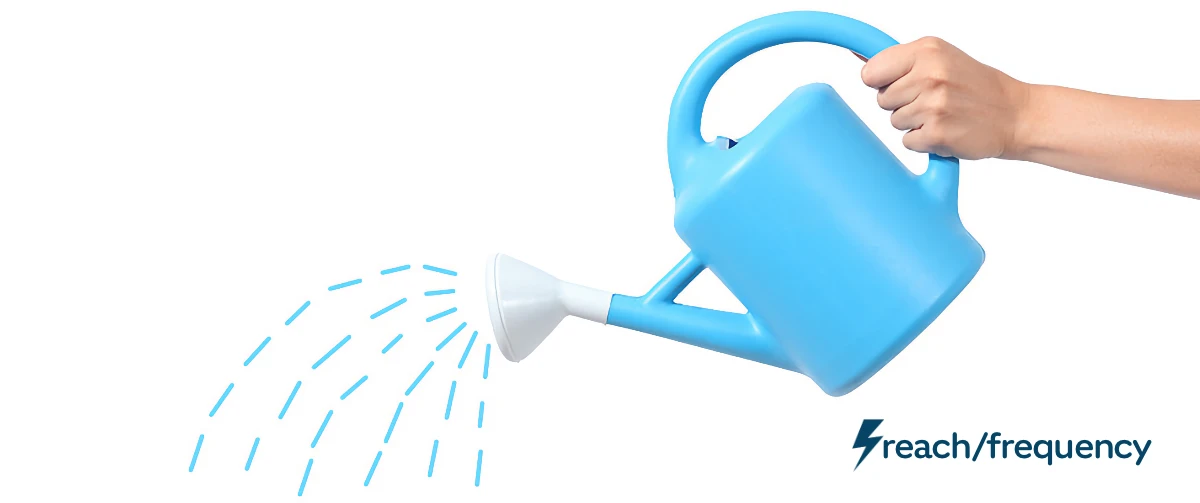Keeping your website traffic high requires more than just churning out new content regularly. It demands strategic updates and the occasional pruning of your older posts. Imagine the relief of a homeowner finding your advice on emergency air conditioner repairs at 3:00 AM during an August heatwave. That’s the power of timely, relevant content.
As your writing evolves and your content repository expands, older posts might not perform as well due to outdated SEO practices or simply not meeting current standards for quality content.

Dive Into Content Pruning: A Fresh Approach
Step 1: Hunt Down Broken Links
First things first, tackle those broken links. Whether you’re on a Mac using a tool like Integrity (free on the Mac App Store) or prefer an online broken link alternative, cleaning up broken internal and external links is crucial. If a link’s destination is gone, remove or update the link to maintain site integrity.
Step 2: Merge and Enhance Old Posts
Comb through your archives for topics you’ve covered multiple times. Use Google Analytics (Behavior -> Site Content -> All Pages) with a broad date range to pinpoint posts with potential. If any of these are still drawing traffic, merge them into a single, comprehensive post. For those that aren’t, consider creating a new, updated post that consolidates the older content. Implement a 301 redirect from the old URLs to the new one, signaling to both users and search engines about the permanent move. This not only benefits your readers but also helps search engines recognize and value the updated content.
Once you publish to new, longer post. You will want to institute a 301 redirect on the old URLs to the new URL. A 301 redirect simply tells the browser “Hey, what used to be here, is now permanently moved to this new URL, so I’m sending you over there now.” But the biggest benefit isn’t necessarily for the users. This also tells the search engines “Hey, that page you thought was valuable enough to show in your search results, we moved it to over here.” To search engines, they will soon give the new URL all of the same search value it gave the old URL. With the updated content, this should build upon the value of the page and improve its performance in search.
If you are using WordPress, the Redirections Plugin is a great tool for catching the old URLs and creating 301 Redirects. I like to make a list of all of the URLs that will be impacted and implement them when new posts go live.

Step 3: Update or Eliminate Outdated Content
Identify content that has become irrelevant, like a trade show announcement from 2004. Analyze its traffic on Google Analytics. If it’s not attracting visitors, it might be time to delete it. For pages still getting traffic, especially through inbound links, try updating the content or use a 301 redirect to guide users to more current, relevant pages. Keep an eye on evergreen content that still performs well in search results; these pages are worth continuously updating to remain useful and engaging.
If any of these posts aren’t getting any traffic (0-24 over the last year), you can just delete them outright. For pages with traffic counts are higher to these individual URLs, we need to dig a little deeper. If this traffic is coming from inbound links (as opposed to search traffic) you could reach out and see if you could get the link changed to a more relevant page of content on your site. Or, if simply follow the 301 redirect method above to point the old page to a more relevant page of content on your site.
If any of these old URLs are getting a lot of traffic, especially from search results, you have an evergreen page of content on your site and you should make a conscious effort to continuously improve this page, either as a jumping off point to other pages on your site to interlink or adding a Call to Action (CTA) to trigger some sort of user behavior.
Step 4: Broaden Your Focus
Apply the principles of steps 2 and 3 beyond your blog. Look at your services section, industry-specific pages, and any content that might benefit from consolidation, updates, or enhanced calls to action (CTAs). This is also a good time to refresh outdated terminology and add internal links to improve navigation and SEO.
Step 5: Make It a Routine
Content maintenance isn’t a one-off task. Schedule regular check-ups for broken links, plan annual content consolidation and updates, and keep revisiting pages to ensure they remain relevant and engaging. Think of your website as a garden that needs regular care to thrive.
By actively pruning and updating your website’s content, you’re not just tidying up—you’re enhancing user experience and boosting your site’s performance in search results. Let this year be the year your website’s content truly blossoms.
